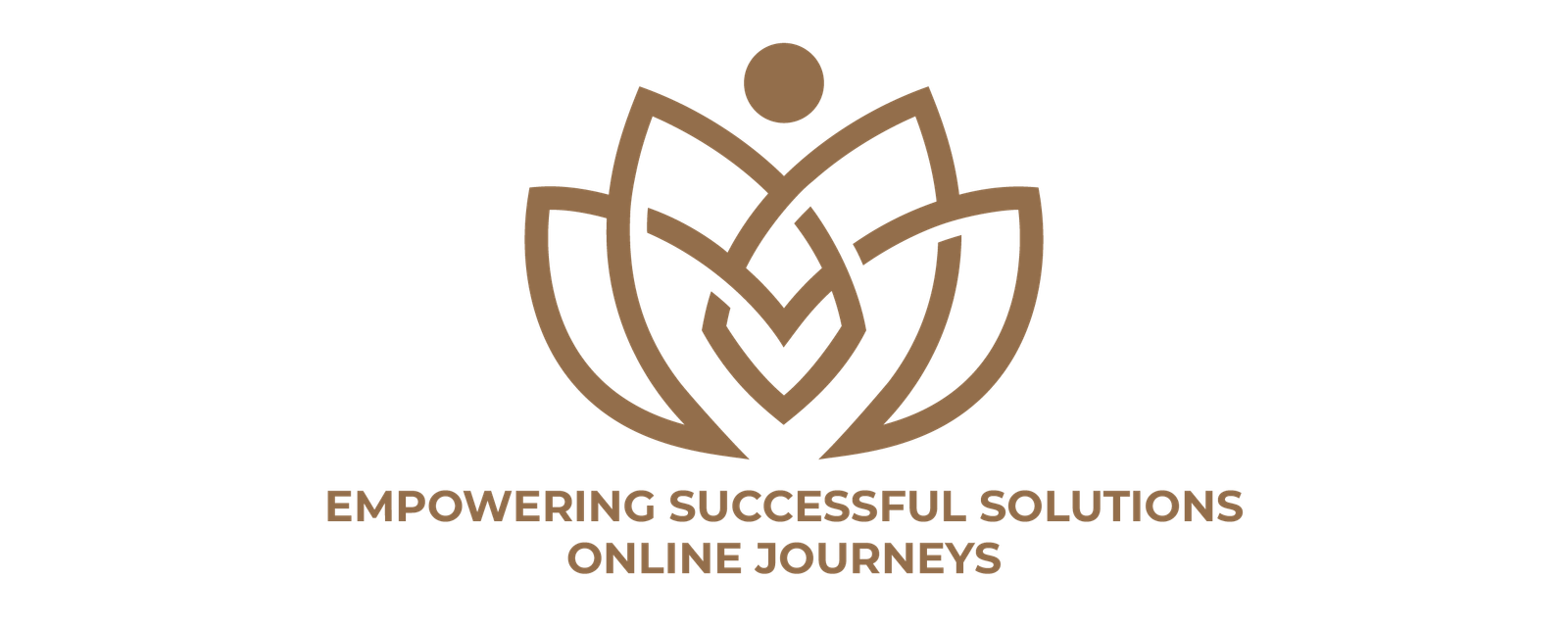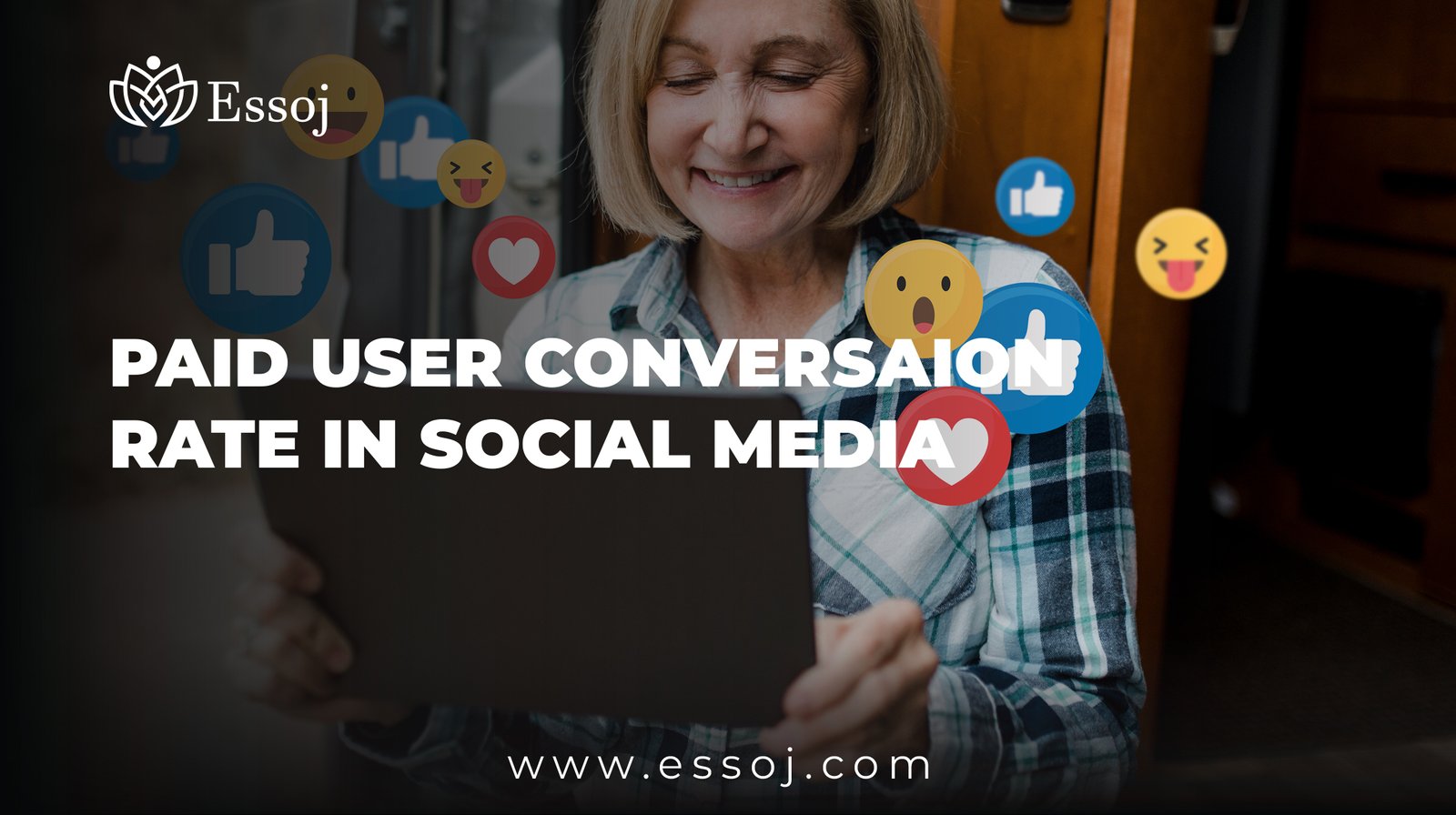In the fast-paced world of digital marketing, understanding how your ads perform goes beyond just counting clicks or impressions. One crucial metric that marketers and business owners should focus on is the Paid User Conversation Rate in Social Media. This important measure helps you gauge how many people are not only seeing your paid content but are actively engaging with your brand through meaningful conversations.
Whether you’re managing a small business or a large marketing campaign, knowing this number can make a significant difference in how effectively you spend your advertising budget and how well you connect with potential customers.
In this article, we’ll break down what the Paid User Conversation Rate in Social Media means, why it matters, and how you can improve it step by step. Along the way, you’ll find real-life stories, easy-to-understand explanations, and actionable tips.
What Exactly Is the Paid User Conversation Rate in Social Media?
Simply put, this rate shows the percentage of users who start a conversation with your brand after being exposed to a paid social media ad. But what counts as a “conversation”? It can be a direct message, a comment asking a question, a reply on Twitter, or even engaging with an automated chatbot.
This metric is valuable because it reflects deeper user interest. Unlike a simple click or like, starting a conversation often indicates that the user is considering a purchase or wants more information. So, instead of measuring superficial engagement, it tells you how many people are truly interested.
Why Should You Care About This Metric?
You might wonder, “Isn’t getting clicks enough?” The answer is: not really. Here’s why the conversation rate deserves your attention:
- Better Engagement: Conversations show that users care enough to interact, creating opportunities to build trust.
- Customer Insights: When people chat with you, you learn more about their needs, challenges, and preferences.
- Targeted Spending: By focusing on ads that generate conversations, you use your budget more efficiently.
- Sales Pipeline Growth: Conversations often lead directly to sales or conversions.
- Clear ROI Picture: Tracking how conversations turn into revenue helps you understand your actual return on investment.
Breaking Down the Numbers: How to Calculate the Conversation Rate
Calculating this rate is straightforward. Use this formula:
Conversation Rate (%) = (Number of Conversations ÷ Number of Paid Impressions) × 100
For example, if your paid ad was seen 20,000 times and sparked 400 conversations, your conversation rate would be:
(400 ÷ 20,000) × 100 = 2%
This means 2 out of every 100 people who saw your ad started a meaningful interaction.
An Anecdote: Small Shop, Big Conversations
Consider Jane, who owns a small online store selling eco-friendly home goods. She ran Facebook ads that got many views but very few questions or comments. After reviewing her Paid User Conversation Rate in Social Media, she realized it was low.
Jane then revised her ads to include questions like, “Curious about our materials? Message us!” and used images showing people using her products. This personal touch encouraged more people to reach out.
Within a month, her conversation rate doubled. Not only did she gain more direct customer contacts, but her sales increased because she could answer questions promptly and build rapport. Jane’s story shows the power of focusing on conversations, not just clicks.
What Affects Your Paid User Conversation Rate?
Understanding what influences this rate can help you optimize your campaigns. Here are the key factors:
1. Audience Targeting
Showing ads to the right people matters most. The better your targeting—whether by age, interests, location, or behavior—the more likely you’ll reach those interested enough to engage.
2. Clear and Compelling CTAs
Your ad must tell viewers what you want them to do. Phrases like “Send us a message,” “Chat with our team,” or “Ask us anything” encourage conversations. Vague ads miss this opportunity.
3. Content That Resonates
High-quality images, videos, and copy that speaks directly to your audience’s needs make your ad more inviting.
4. Platform Choice
Different social platforms support conversations differently. Facebook Messenger and Instagram DMs are natural for chat, while Twitter conversations happen through replies and mentions.
5. Speed of Response
Once someone initiates a conversation, responding quickly and personally can keep the interaction going and increase the chance of conversion.
Step-by-Step Guide to Boosting Your Conversation Rate
Now, let’s walk through how you can improve this key metric step-by-step:
Step 1: Define Your Ideal Customer
Before creating ads, know who you want to reach. Use data from social media insights or tools like Facebook Audience Manager to define demographics and interests. The clearer your audience, the better your ad’s chances of sparking conversations.
Step 2: Design Engaging Ads
Use compelling visuals that catch attention. Write copy that addresses pain points or desires and include a clear CTA that invites conversation. For example, “Want to learn more? Message us now!”
Step 3: Utilize Platform Features
Platforms often offer tools to encourage chats, like Messenger chatbots or quick replies on Instagram. Set these up to make it easier for users to start and continue conversations.
Step 4: Monitor Your Campaigns Closely
Keep track of how many people see your ads versus how many start conversations. Most social media ad platforms provide these analytics.
Step 5: Test and Optimize
Experiment with different ad types, messages, and audience segments. Notice which combinations generate higher conversation rates.
Step 6: Respond Quickly and Personally
Engage every conversation with genuine replies. Personal attention shows you value the user and encourages further interaction.
Step 7: Connect Conversations to Sales
Use your CRM or sales tracking tools to link conversations to purchases or conversions. This helps measure true ROI.
Real-Life Example: A Restaurant’s Social Media Success
Luna’s Bistro used paid ads on Instagram to promote a new menu. Initially, they only tracked clicks and reservations but ignored messages.
By focusing on their Paid User Conversation Rate in Social Media, Luna’s marketing team added CTAs like “DM us for reservations or menu questions!” They also used Instagram’s quick reply feature.
The result? Messages doubled, allowing staff to answer queries and personalize offers. This led to a 25% increase in reservations, proving that conversations directly boosted their bottom line.
Common Pitfalls to Avoid
Even experienced marketers slip up sometimes. Avoid these mistakes to maintain a healthy conversation rate:
- No Clear CTA: Ads that don’t tell users what to do often fail to spark interaction.
- Ignoring Replies: Slow or generic responses discourage users.
- Poor Audience Targeting: Showing ads to uninterested users lowers engagement.
- Overcomplicated Ads: Too much information or clutter can overwhelm viewers.
- Ignoring Analytics: Not tracking your conversation rate means missing key opportunities for improvement.
The Growing Role of AI and Automation
Artificial intelligence and automation tools have become game changers for managing conversations. Chatbots can handle routine questions instantly, freeing your team to focus on more complex interactions. AI also helps analyze conversation data to identify trends and improve targeting.
Using these technologies, businesses can scale up their conversation rates without losing the personal touch that customers appreciate.
Incorporating Conversation Rate Into Your Marketing Mix
While the Paid User Conversation Rate in Social Media is critical, it works best alongside other metrics like click-through rate (CTR), cost per acquisition (CPA), and lifetime customer value. Together, these numbers give a complete picture of campaign effectiveness.
Remember, the goal is not just to get conversations but to turn those conversations into loyal customers.
Final Thoughts: Why You Should Prioritize the Paid User Conversation Rate in Social Media
In a noisy online world, just catching someone’s eye isn’t enough anymore. The real value comes from starting meaningful conversations that build trust, clarify doubts, and guide people toward making decisions.
Tracking and improving your Paid User Conversation Rate in Social Media gives you a deeper understanding of how well your ads resonate. It helps you focus on quality engagement, not just surface-level metrics, and ultimately drives better ROI.
If you want to stand out in today’s competitive market, make conversations the heart of your social media advertising strategy. By doing so, you not only improve your sales but also create lasting relationships with your audience.

